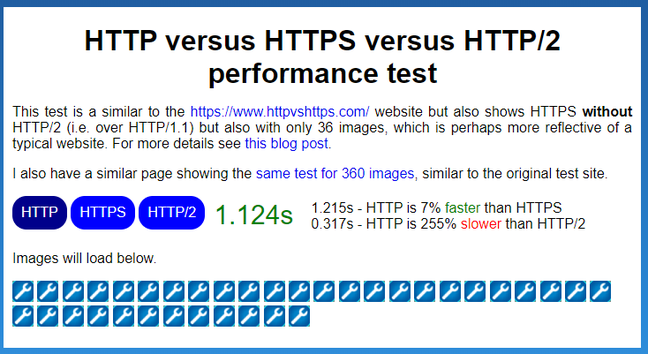Utilities’ Operational Networks Continue to Be Vulnerable
A large proportion of the utility companies responsible for power generation, water supply, and other critical civil functions are unprepared for a cyberattack on the operational side of their business, despite more than half of utility professionals expecting an attack on critical infrastructure in the next year, according to a report published on October 7.
The report draws conclusions from a survey conducted by the Ponemon Institute and sponsored by industrial control firm Siemens, which found that more than half of respondents had suffered a “shutdown or operational data loss” in the past year, and a quarter of firms had been the target of a “mega attack” involving a nation-state actor.
Despite the worries, only 42% of utility professionals feel that their organization is ready for a cyberattack, while more than a third — 35% — do not even have a plan in place to respond to an attack on their operational technology, the survey found.
“Industrial cybersecurity has become one of the new risk frontiers,” says Leo Simonovich, vice president and global head of industrial cyber for Siemens. “An attack targeting a power plant can force a shutdown or, in the worst case, a safety event. And while the frequency of these attacks has increased, utility organizations’ readiness remains fairly low.”
The Ponemon Institute surveyed 1,726 utility professionals, about two-thirds of whom were technicians or managers, with directors and supervisors making up another third, and senior executives making up 6% of the respondents.
The Siemens-funded survey is not the only one to find concerns among professionals with the readiness of the world’s utilities. A second survey, conducted by Dimensional Research on behalf of security firm Tripwire, found that 93% of industrial-control system (ICS) professionals worried that an attack could cause downtime. While almost three-quarters of firms had invested in cybersecurity, half of the ICS professionals thought that the investments were not enough.
“Cyberattacks against critical infrastructure and manufacturers pose a real threat to the safety, productivity, and quality of operations,” Kristen Poulos, vice president and general manager of industrial cybersecurity at Tripwire, said in a statement. “In these environments, where virtual and physical converge, cyber events can interfere with an operator’s ability to view, monitor, or control their processes.”
Cybersecurity for operation technology (OT) and networks is not simple. Utilities have to contend with two aspects of their infrastructure that most companies do not have: A much longer useful lifetime for devices and the potential for physical damage to be caused by cyberattacks.
Siemens’ Simonovich likens the issues to real estate, with brownfield (previously developed) land having needed infrastructure but often with legacy problems, and greenfield (undeveloped) land requiring more construction but that doesn’t have baked-in issues.
“You have a brownfield problem with existing assets, where digital has been bolted on top,” he says. “And then you have greenfield problems of digital-native devices associated with renewables, but also highly distributed, decentralized, and hyper-intelligent. Because of their nature, they are more difficult to secure.”
The lack of visibility — only half of companies have the lion’s share, 70%, of their infrastructure documented, according to Tripwire’s report — is already causing problems.
The destructive WannaCry and NotPetya attacks, for example, affected 25% of utilities, according to Siemens’ report. Approximately 30% of attacks on operational technology are not detected, and breach studies have shown that the longer that an attack is not detected, the more significant and costly the damage.
Utilities are also plagued by another issue that they have in common with the industry at large: a shortage of knowledgeable cybersecurity workers. While the rise of sophisticated attacks is considered the top threat that utilities have to overcome, more than half of those surveyed found the lack of skilled personnel to be a serious issue.
Overall, utilities have many of the same problems as companies in general, but because they represent critical infrastructure upon which companies and consumers rely, any attack could have much more serious impact.
“With these old power plants, they thought they were safe because they were air-gapped,” says Simonovich. “Now, many of them are connected, and most of these assets have not been patched for years.”
Related Content:
- US Utilities Hit with Phishing Attack
- Triton Attackers Seen Scanning US Power Grid Networks
- A Safer IoT Future Must Be a Joint Effort
- Digital Transformation Exposes Operational Technology Critical Infrastructure
- New Malware Campaign Targets US Petroleum Companies
Check out The Edge, Dark Reading’s new section for features, threat data, and in-depth perspectives. Today’s top story: “Can the Girl Scouts Save the Moon from Cyberattack?“
Veteran technology journalist of more than 20 years. Former research engineer. Written for more than two dozen publications, including CNET News.com, Dark Reading, MIT’s Technology Review, Popular Science, and Wired News. Five awards for journalism, including Best Deadline … View Full Bio
 Check out
Check out 
 Check out
Check out 


 Check out
Check out